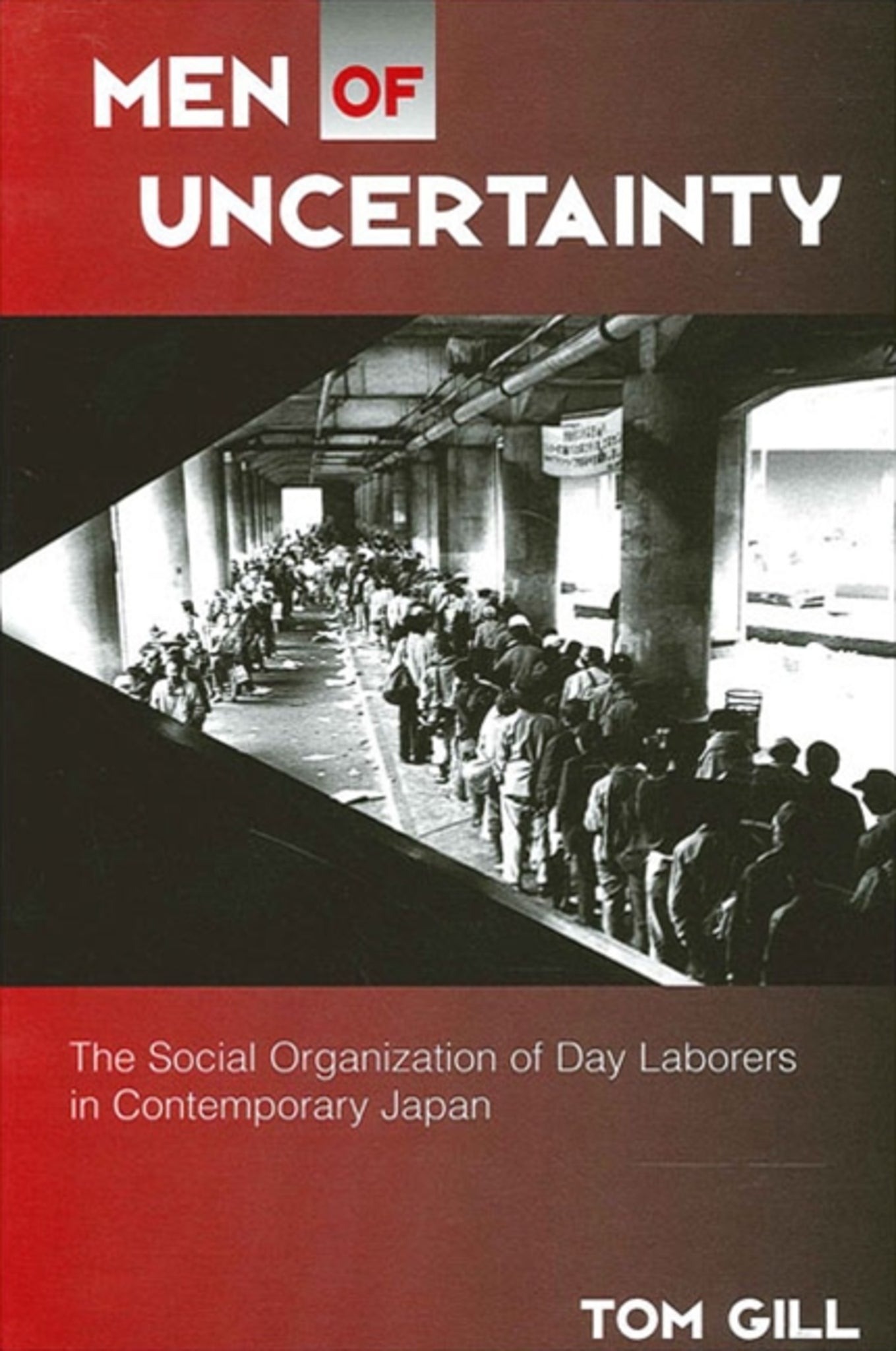We're sorry. An error has occurred
Please cancel or retry.
Men of Uncertainty

Some error occured while loading the Quick View. Please close the Quick View and try reloading the page.
Couldn't load pickup availability
- Format:
-
11 January 2001

A fascinating exploration of the subculture of Japanese day laborers, whose lives depart radically from the traditions of stability Westerners associate with Japan.
Men of Uncertainty presents an unknown side of Japanese society-the world of Japan's day laborers (hiiyatoi rodosha), the urban labor markets where these men gather to find work (yoseba), and the cheap lodging districts where many of them live (doya-gai). Nearly every major Japanese city has a yoseba. These are centers of proletariat culture in the heart of the postindustrial metropolis, similar in many ways to the prewar American skid row. Within these districts, day laborers tend to live outside the two dominant institutions of contemporary Japanese society: the nuclear family and the company.
Focusing mainly on the day-laboring district of Yokohama, and with extensive comparative ethnography from five other cities, author Tom Gill finds a society of men who have opted out of the regular, communal way of life. This book details their libertarian, egalitarian lifestyle, oriented to the present yet colored by an awareness that in Japan today being a yoseba man usually means exclusion from mainstream society, absence of family life, and a career that can easily lead to homelessness and an early death on the street.


"The topic is important because it illustrates one of the little-known underlying bases of Japan's huge economy, as well as internal contradictions in Japan's supposedly smooth-running society, and Japan's poor record at handling specific social problems. The writing is elegant and crisp. The topic is fascinating. The author knows the subject extraordinarily well, and has organized his material into a truly fine book." — Roman Cybriwsky, author of Tokyo: The Shogun's City at the Twenty-first Century
"This is an important book, comprehensively treating a stratum of Japanese workers who have not yet been thoroughly described in an English-language monograph. It will make a major impact." — Gary P. Leupp, author of Servants, Shophands, and Laborers in the Cities of Tokugawa Japan
List of Illustrations
List of Tables
Acknowedgments
Note on the Text
1. Introduction
First Encounter2. General Historical Background
Day Laborers in the Political Economy of Japan
Fieldwork
Outline of the Present Study
Sakae
Overview3. Ethnography of Kotobuki
Mushuku and Hinin
Hiyatoi : Burakumin :: Hinin : Eta?
The Preindustrial Proletariat
License, Welfare, Control
The Ninsoku Yoseba of 1790
The Industrial Revolution
The Interwar Years
The Postwar Yoseba
The Modern Construction Industry
Tadao
Location4. Ethnography of Other Doya-Gai and Yoseba
Landscape/Atmosphere
Population
History
Employment
Residence
Play and Other Network Activities
Bureaucratic Systems
Health
The Union
Kohei
San'ya (Tokyo)5. Who Are These Men?
Kamagasaki (Osaka)
Sasashima (Nagoya)
Day Laboring in Fukuoka Prefecture
Other Yoseba
Noriyuki
Geographical Background6. The Meaning of Home
Occupational Background
Age
Marital Status
Sibling Group Size and Sibling Birth Order
The War and the Big Move
Ron-chan
Why Mr. Shinohara Sleeps in the Street7. Marginal Identity in the Yoseba
Homelessness: Narrow and Broad Definitions
Symbolic Representations of Home
Kuriyama
Marginality8. The Role of the Yoseba in Contemporary Japanese Society
Freedom
Fate
Kimitsu
Zoned Tolerance9. Epilgue: The Rise of Uncertainty, the Fall of Solidarity
Marginal Geography
The View from the Mainstream
The View from Inside
Yoseba versus Skid Row
Containment versus Dispersal
Shigehiro
Appendix: Statistical Tables
Notes
Glossary of Yoseba Terms
Bibliography
Index



